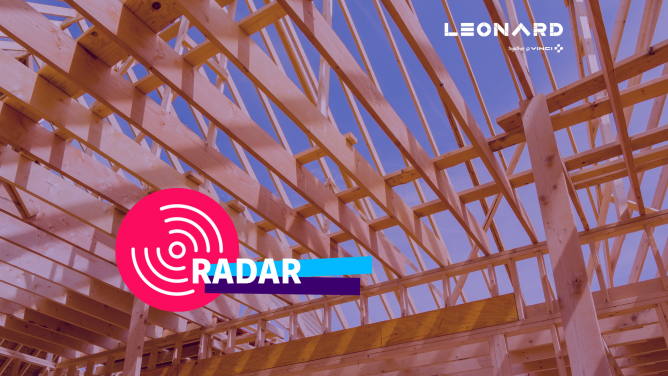Coord wants to improve curb management in over crowded cities with a digital curb management platform
More and more services are thriving in modern cities : ride-hailing, e-commerce and on-demand food deliveries, e-scooters, bikes and sometimes personal vehicles are all competing for a limited amount of curb space. Cohabitation with pedestrian can be chaotic.
Coord, a start-up backed by Alphabet’s company Sidewalk Labs, wants to make curb management easier for cities using an online platform that facilitates inventory and allocation of space.
Cities have access to a live dashboard of curb usage and interactive maps and can measure the impact of new curbside projects on congestion and safety.
Right now, Coord is launching a pilot offering its services at no charge to up to three North American cities, selected for its Digital Curb Challenge 2020.
With the rise of the on-demand mobility economy, curb congestion is worsening and it becomes a hot topic for cities. Since July 2019, e-scooters are not allowed to park on the curb in Paris for example.
Another company Curbflow is already working with the city of Colombus to provide safer loading management zones for commercial deliveries and drop-off zones for taxis.
A British startup is making autonomous security bots using facial recognition system to monitor construction jobsites
Ziva Robotics has created an autonomous robot designed for security surveillance and documentation of construction jobsites.
With a 12-hour battery life, the two-wheeled robot can capture images and work as a mobile CCTV on jobsites . It uses an integrated facial recognition software to identify people and vehicles present to know if they’re allowed in the area. The robot would cost about $1,300 a month to rent.
Replacing or moving a CCTV system on jobsites can be really expensive. Ziva’s robot is offering a solution that can grow with the jobsite progress and has a programmable route that can be easily changed.
The market for autonomous robots used in construction is emerging rapidly. It could grow from $22.7 million in 2018 to $226 million by 2025 according to Tractica. Earlier this year, Boston Dynamics partnered with HoloBuilder to build an autonomous robot documenting jobsites progress.
How to reduce CO2 emissions from construction sites ? Skanska, a swedish construction company, is betting on a new AI solution.
Construction sites can involve many different types of trucks and vehicles. Their coordination is not always optimal due to the unpredictable nature job sites. Hence, construction equipment can spend up to 40% of the time being idle, waiting for other vehicles. This increases costs and carbon emissions.
A consortium of companies lead by Skanska that includes Volvo, a research organization called SINTEF and construction software Ditio, is working on a software that enables vehicles to work together more efficiently. With machine learning and artificial intelligence, the solution can optimize routes for trucks and minimize the CO2 emissions.
This project, half funded by the Norwegian government, could also bring significant reductions in time and construction costs.
Skanska is also working on the construction of a highway project in Norway, which will become a living research laboratory and give the company more data for its algorithms.
Construction equipment is accounting for a significant amount of the industry’s carbon emissions. This work is key to achieve Skanska’s ambition to become climate neutral by 2045.


